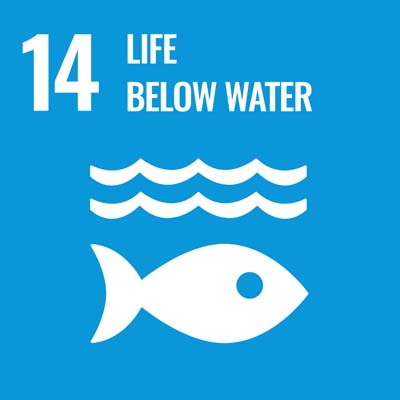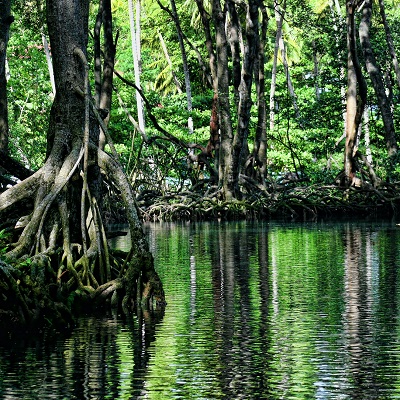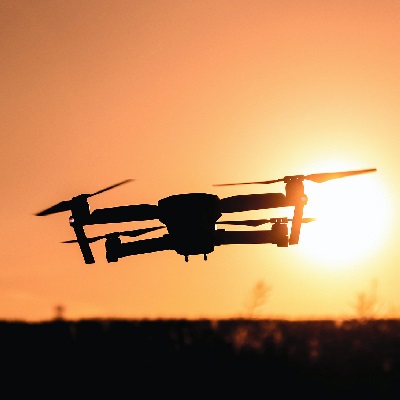- DatesJanuary 2021-January 2025
- SponsorEPSRC and Atkins
- PartnersAtkins
Flood recovery response in urban areas depends on the type of flood (e.g. pluvial, fluvial, groundwater) and the type of water (i.e. clean, grey or black water) affecting the area. In certain areas, medium and high intensity rainfall events can cause combined clean and dirty water drainage systems to surcharge and cause contamination of river and flood waters. In addition, high water levels in rivers can cause hydraulic locking of sewage treatment works causing a back up within the associated drainage systems, again causing discharges of sewage-contaminated water into streets and properties. This contaminated water poses significant risks to human health and requires intensive post event cleaning activities.
Flood response services require detailed and dynamic information to determine the extent and continued risk of each flood and water type to better target the nature and deployment of recovery resources.
The data is critical to rescue and response teams, but also infrastructure management organisations responding to protect critical infrastructure, such as electricity supply, gas supply and water, as well as critical roads that are the escape routes for people and their belongings. The appropriate dynamic choices not only have the potential to save lives and infrastructure but also may improve community recovery and enhance the recovery of businesses driving localised economic recovery.
Current remote sensing methodologies used for this purpose are curtailed by several limitations. Recent advances in the use of emerging technologies carried out at Cranfield University (please see below for further details) have enabled the development of novel monitoring solutions to address this gap in knowledge.
This project will contribute to address current gaps in knowledge via the extensive use and testing of remote sensing emerging technologies and novel machine learning methods.
Further information
Other related research from Cranfield University:



